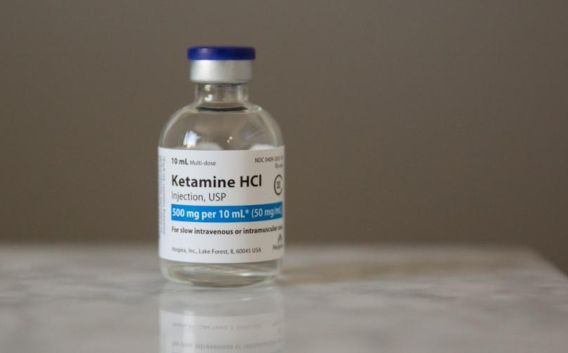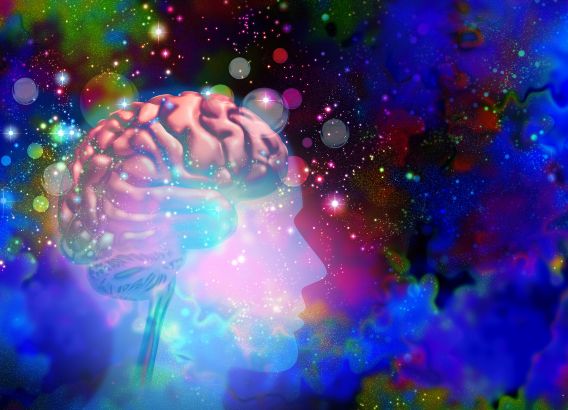Understanding Drugs and Their Impact
To effectively educate youth about drugs, it is important to understand the types of substances commonly used and their potential effects on the mind and body. Some of the most prevalent drugs among Canadian youth include LSD (lysergic acid diethylamide), ketamine, and various other hallucinogens. Drug facts and information about the short-term and long-term effects of these substances are crucial for promoting drug awareness among young people.
LSD: Lysergic Acid Diethylamide
LSD, also known as “acid” or “eye drug,” is a potent hallucinogenic drug that can cause profound alterations in perception, mood, and consciousness. The immediate effects of LSD use may include vivid hallucinations, distorted sensory experiences, and intense emotional swings.
Long-term use of LSD has been associated with persistent mental health issues such as depression, anxiety, and psychosis. Additionally, the unpredictable nature of LSD can lead to dangerous behaviours and accidents, particularly among inexperienced users. The social effects of LSD use can be significant, including strained relationships, academic difficulties, and increased risk-taking behaviours. The health consequences of LSD use can be severe and long-lasting, making it essential for youth to understand the potential risks associated with this substance.


Ketamine: The Dissociative Anesthetic
Ketamine is a dissociative anesthetic that has gained popularity as a recreational drug among youth. While ketamine has legitimate medical uses as an anesthetic and pain reliever, its abuse can lead to serious health risks.
Ketamine use can cause dissociation, hallucinations, and impaired cognitive function. The social effects of ketamine use can be devastating, as it may contribute to risky behaviours and increase the likelihood of sexual assault or other forms of victimization. The consequences of using ketamine can extend beyond the individual, impacting families, friendships, and communities.
Hallucinogens: Broad Perspective
Hallucinogens encompass a diverse group of substances that alter perception, thought processes, and emotions. Common hallucinogens include psilocybin (found in magic mushrooms), mescaline (found in peyote), and DMT (dimethyltryptamine).
The short-term and long-term effects of hallucinogens can vary widely depending on the specific substance, dosage, and individual factors. In general, hallucinogen use can lead to intense sensory experiences, altered states of consciousness, and potential psychological distress. The social effects of hallucinogen use among youth may include strained relationships, academic difficulties, and increased risk-taking behaviours. It is crucial for youth to be aware of the potential consequences of using hallucinogens and to have access to accurate information through drug education websites and other reliable sources.

Drug Prevention in Canada
Recognizing the importance of drug prevention, Canada has implemented various strategies and programs aimed at reducing substance use among youth. These initiatives involve collaboration between schools, communities, and government agencies to provide evidence-based education and support. Drug prevention in Canada focuses on promoting drug awareness, providing interactive drug education, and engaging youth in the learning process.

Interactive Drug Education
Interactive drug education is a powerful tool for engaging youth and promoting drug awareness. By actively involving young people in the learning process, interactive programs help them develop the skills and knowledge necessary to make informed decisions about substance use. Interactive drug education may include role-playing scenarios, group discussions, and multimedia presentations. These programs encourage critical thinking and provide a safe space for youth to ask questions and share their experiences.
Examples of successful interactive drug education programs in Canada include the iMinds resource developed by the Centre for Addictions Research of BC and the Drug Abuse Resistance Education (D.A.R.E.) program.
Online Resources and Drug Education Websites
In the digital age, online resources and drug education websites play a crucial role in providing accessible and reliable information about drugs and their effects. These websites offer a wealth of drug facts, drug awareness information, and resources for youth seeking help with substance use issues. Some reputable drug education websites for Canadian youth include:
- Health Canada’s “Drug and Substance Use” page (https://www.canada.ca/en/health-canada/services/substance-use.html)
- The Canadian Centre on Substance Use and Addiction (CCSA) website (https://www.ccsa.ca/)
- The Centre for Addiction and Mental Health (CAMH) website (https://www.camh.ca/)
These websites provide evidence-based information, helpful resources, and support for youth struggling with substance abuse in Canada. When seeking information online, it is important for youth to critically evaluate the credibility and accuracy of the sources to ensure they are accessing reliable drug education content.
Drug and Alcohol Facts for Youth
Access to accurate and age-appropriate drug and alcohol facts is essential for helping youth make informed decisions about substance use. Some key facts every young person should know include:
- Early substance use increases addiction risk. Starting before age 15 makes alcohol dependence 5 times more likely.
- The developing brain is vulnerable to substance use until age 25, causing long-term cognitive and behavioural issues.
- Alcohol is most common among Canadian youth. 43.6% of grades 7-12 drank in the past year, 17.7% binged in the past month.
- Cannabis is the second most common. 18.1% of grades 7-12 were used in the past year, and 5.9% were used daily or almost daily.
- Mixing substances, like alcohol and opioids, can cause respiratory depression, coma, and death. Opioid deaths increased 59% in 2020.
- Substance use impairs judgment, increasing accident risk. In 2017-2018, over 11,000 youth hospitalizations were due to alcohol or cannabis.
- Substance use disorders often co-occur with mental illness. 20-30% of people with mental illness have substance issues, and vice versa.
- Early help is crucial. Only 1 in 10 Canadians with substance disorders access public treatment, highlighting the need for awareness and support.
By understanding these facts and accessing reliable drug education resources, youth can be better equipped to make safe and responsible choices regarding drug and alcohol use.
Making Informed Choices
Peer pressure is a significant factor influencing youth substance use. It is essential for young people to develop strategies for navigating social situations where drugs or alcohol may be present. Some key strategies include:
- Developing assertiveness skills to confidently refuse offers of drugs or alcohol.
- Surrounding oneself with supportive friends who respect personal boundaries and choices.
- Engaging in alternative activities and hobbies that promote a healthy lifestyle.
- Critically evaluating media messages and social norms related to substance use.
By fostering a strong sense of personal values and critical thinking skills, youth can be better prepared to make informed decisions in the face of social pressures. Drug education programs and websites can provide valuable resources and support for youth navigating these challenges.
Supporting Peers and Seeking Help
If a young person suspects that a friend or peer is struggling with substance use, it is important to offer support and encourage them to seek help. Some ways to support a friend include:
- Expressing concern and offering a non-judgmental listening ear.
- Encouraging them to talk to a trusted adult, such as a parent, teacher, or counsellor.
- Providing information about available resources and support services, such as drug education websites and helplines.
In Canada, there are several resources available for youth seeking assistance with substance use issues. These include:
- Kids Help Phone (1-800-668-6868)
- The Canadian Centre on Substance Use and Addiction’s Finding Quality Addiction Care resource (https://www.ccsa.ca/finding-quality-addiction-care)
- The Centre for Addiction and Mental Health’s Addiction Helpline (1-866-531-2600)
- These resources provide confidential support, information, and referrals for youth struggling with substance abuse in Canada.
Promoting Drug Awareness Among Canadian Youth
Comprehensive drug education is a vital component of promoting the health and well-being of Canadian youth. By providing accurate information, fostering critical thinking skills, and promoting open dialogue, we can empower young people to make informed decisions about substance use. Drug education websites, interactive programs, and reliable resources play a crucial role in raising drug awareness and supporting youth in making responsible choices.
It is essential for youth to engage in ongoing conversations with peers, educators, and family members to share knowledge, experiences, and concerns related to drug use. By staying informed, accessing reliable drug education resources, and seeking help when needed, young Canadians can play an active role in shaping a future free from the harms of substance abuse.
As a society, we must prioritize drug education and prevention efforts to support the healthy development of our youth. By working together to provide comprehensive drug education, interactive programs, and accessible resources, we can create a supportive environment that encourages informed decision-making and promotes the well-being of all young people in Canada.
